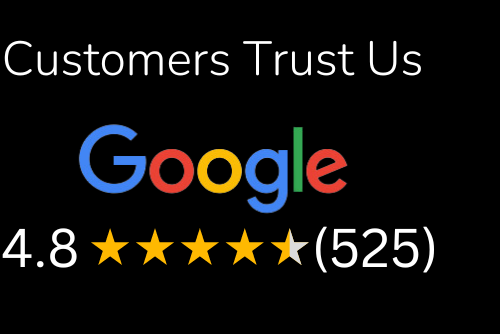It was in the early 1980s that the first text message was sent. The SMS, or Short Message Service, became popular among the users of Nokia phones in Finland. As more and more people started using their new mobile devices for sending messages, it wasn’t long before advertisers started noticing how this relatively new technology could be used for marketing purposes. Today, there are over 6 billion SMSes sent per day with a profit of $2 billion brought in by brands who use SMS platforms for business to connect with customers. Here are some reasons why businesses should start utilizing this form of marketing to grow their customer base.
The History of SMS Marketing
SMS marketing is relatively new to the business community and has become a valuable tool in the world of digital marketing. Businesses are able to use SMS marketing to reach their customers with information about products, services and promotions while advertising to them on their mobile devices.
In many ways, SMS marketing is similar to email marketing. The only difference is that you can only send short messages or text messages with this form of marketing. This allows you to send quick updates or provide important information about your business in a timely fashion without having to wait for someone’s response like you would with email. SMS messages have been around since the early 1980s when they were first used by Nokia phones in Finland. They became popular as customers started using their new mobile devices for sending messages as well as advertisements from advertisers who saw an opportunity for connecting with customers using this relatively new technology. Today, there are over 6 billion SMSes sent per day with brands making $2 billion dollars in profit from brands who use SMS marketing to connect with customer such as yourself!
SMS has been used for a long time, business such as estate agents use it for customers marketing for sending rent reminder text massage to notify tenants about overdue rent, underpayments or anything else.
Why Businesses Should Start Using This Form of Marketing
SMS marketing is a form of direct marketing that allows you to send a short message to your customers. This form of marketing is different from email marketing, because it relies on mobile technology and uses cell phone numbers rather than email addresses. It’s the perfect way to reach out to people who are near your business, such as a store front or brick-and-mortar office location.
Some businesses might think that this type of marketing just isn’t feasible for their company, but it doesn’t have to be an expensive venture. Instead of using text messages for advertising, some businesses also use SMS messages as a customer service tool. They will send out friendly reminder texts about items that need to be picked up from the store or remind customers about appointments they might have made for services at the salon or spa. This type of interaction with customers can help build rapport and make them feel more valued by your company.
How to Utilize the Power of SMS Marketing
SMS marketing has grown in popularity in recent years, as brands have recognized the power of SMS to build brand recognition and increase sales. According to SMS Gateway, an international SMS provider, in an average month, over 5 billion texts are sent per day with a profit of $2 billion brought in by brands who use SMS marketing.
To get started with your own campaign, first decide what you want to tell your customers and how often you’d like to contact them. Next, find out which carrier you should use for transmission and what type of content format they accept. Once that’s done, select a service provider that can support all of these needs. Finally, figure out what your budget is and plan accordingly.
Conclusion
In the tech-savvy world of today, it can be difficult to keep up with the latest and greatest form of marketing. However, some oldies are goodies, and SMS marketing is a great example. Not only is it effective, but it’s also inexpensive and easy to use.
If you’re ready to start using SMS marketing for your business, these three tips will help you get started on the right foot:
1) Work toward building a responsive list of contacts.
2) Plan out your messages in advance.
3) Ensure that your messages are consistent with your business’s voice.





